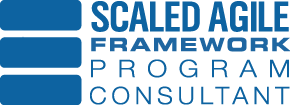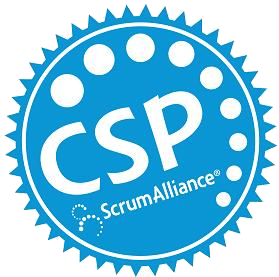
Over the past few years we’ve heard some of the thought leaders in the Agile community start referring to “second generation” Agile methods. Most notably among these thought leaders are Dean Leffingwell and Al Shalloway. While there are many others, these two leaders have writing, teaching, and implementing these second generation methods. Its no surprise that they are principle contributors to the Scaled Agile Framework.
Second generation Agile methods really refers to Lean|Agile methods. Agile had tremendous success as delivering high value(PO – thx Scrum), high quality(thx XP) software rapidly. However the typical context was across a small group of teams(< 50). The industry is now scaling these efficiency gains to the enterprise. We are now building systems with hundreds and in some cases thousands of people. Our context has changed and our methods are changing to meet the demand. This is where the phrase Lean|Agile is rooted.
Lean|Agile methods are rooted in Lean. What does that mean? Well that’s a long story. We recommend reading two books to get an understanding of Lean. First The Toyota Way(history/origins of Lean) and second Principles of Product Development Flow(Lean principles for product developers) by Don Reinertsen. The latter is an extremely tough read because it is just a set of principles and you have to bridge the gap to application. However really provides the foundational principles of Lean applied to product development that big enterprises desperately need to make sense of why Lean|Agile practices work. It also helps us reason about solutions to really hard problems we encounter day to day. I guess you could say its “True North.”
The Scaled Agile Framework(SAFe) is built on Lean and applies many of the principles from Reinertsen’s book. For instance, SAFe is driven by Reinertsen’s economic principles. It largely does this by applying Weighted Shortest Job First(WSJF). Why is this important? As enterprise frameworks and methods plow into larger and larger enterprises, the complexity scales exponentially. Lean scales as well. It’s the language of business. Best of all for agilists, agile practices are aligned with Lean principles. For instance backlog wish lists allow for shallow queues and cross functional teams allow for small batch sizes.
So simply enough, as we bring agility to enterprises we need to change our toolset. Second generation Agile methods…aka Lean|Agile methods provide the toolset that allows agility to scale. We recommend checking our the Scaled Agile Framework(SAFe) to learn more about these methods because it is not only rooted in Lean principles, it applies them as well using Lean and Agile practices. Enjoy!











